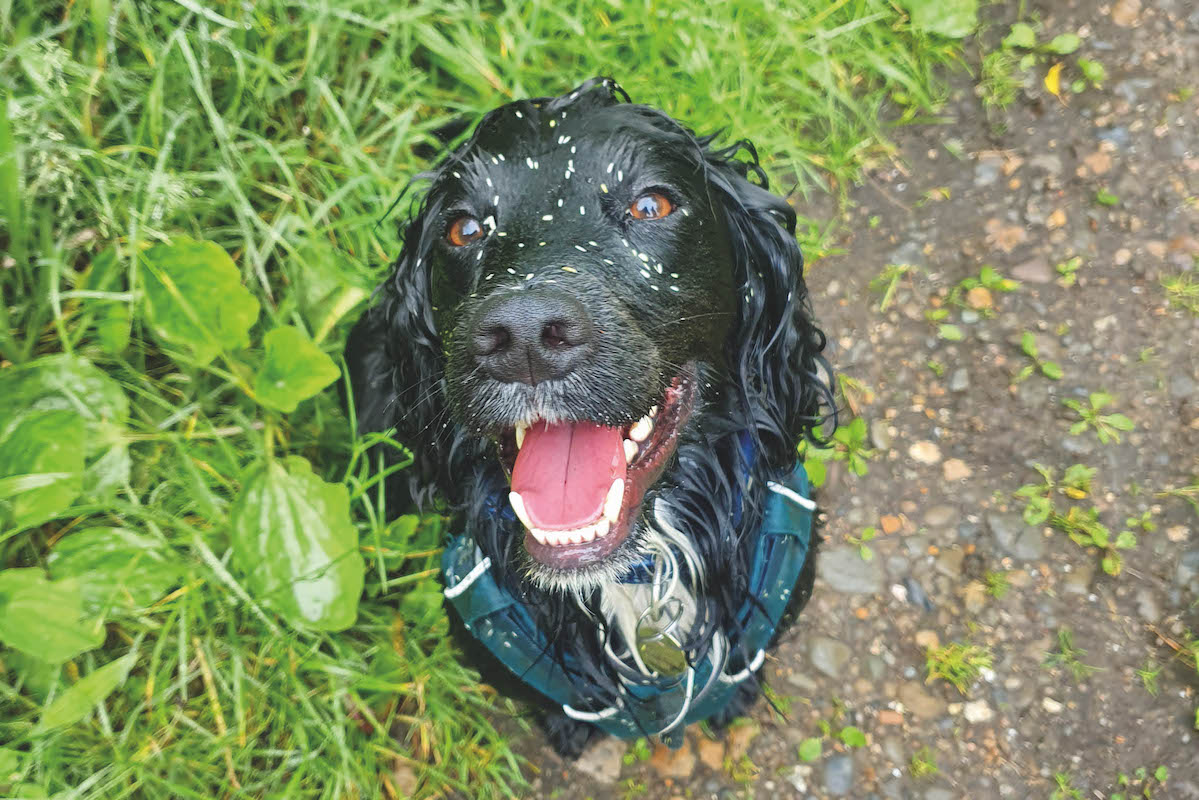Tapeworm terror: Why do dogs coming from Europe need treatment?
A reader asks the vet why. Neil McIntosh explains

Even a friendly pat can pass on infectious or contagious diseases
Q: Why are dogs returning from Europe required to be treated for tapeworms?
A: If I told you what the European tapeworm was capable of, you would think I was making it up or that you had woken up in the middle of some sci-fi horror film. After its eggs are deposited in the faeces of a fox, or perhaps the occasional wolf, they are immediately infective. Along comes your unsuspecting rodent, generally a vole, and the eggs are swallowed, then they leave the intestine to find the liver where they form a structure called a hydatid cyst.
Now these are no ordinary cysts. Oh no, they are pretty special. They have an inner germinal layer that allows further infective components of the worm, called scolices, to develop. These can then break off and disseminate around the body, in much the same way as some malignant tumours spread. The life cycle is completed when the rodent is eaten by a canid (dog, fox or wolf) and the scolices mature into adult tapeworms, which live in the intestine and lay eggs. If the eggs are inadvertently consumed by humans, a similar process occurs with disastrous results. Hydatid cysts grow in the liver, destroying the tissue and causing organ failure. They can be further spread through the body, so that liver carcinoma can be mistakenly diagnosed. Early treatment, usually involving surgical removal of the cysts and daily drug therapy, is crucial, but it can take up to 15 years for the disease to manifest, by which time it is too late.
The tapeworm is called Echinococcus multilocularis and, due to soaring fox numbers and their increasingly rapid urbanisation, it is spreading throughout Europe. Human disease dropped to an all-time low in the 1980s when rabies decimated the fox population, but there are now hundreds of cases diagnosed annually, with only the UK, Ireland, Finland, Malta and Iceland free of infection. And we’d like to keep it that way. So far, the compulsory worming of dogs returning from Europe seems to have done the trick, but a relaxing of the rules so that the treatment has to be given between one and five days before re-entry to the UK may jeopardise the situation. Add to this the fact that researchers calculate that, for every 10,000 dogs visiting an infected area, there is a 98% probability that one will become infected. We really don’t want Echinococcus multilocularis here.








